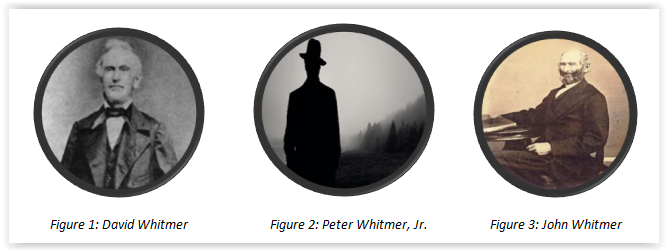Bringing souls unto Christ
by James Perry, PhD, FHEA

In June 1829, Joseph Smith was residing at the home of Peter Whitmer Snr. in Fayette, New York. Three of Peter’s sons, David, Peter Jnr., and John Whitmer, had gained testimonies of the truthfulness of the restored gospel and had subsequently been baptised.[1] Convinced of Joseph Smith’s prophetic calling the three men then sought from Joseph the mind of the Lord regarding what they should do to help with the restoration.[2] Sections 14-16 are the resulting revelations.
Although brief, the three revelations indicate the monumental nature of missionary work and that the time for proclaiming the gospel was at hand. “…the field is white already to harvest,” the Lord declared to David Whitmer, “therefore, whoso desireth to reap let him thrust in his sickle with his might, and reap while the day lasts, that he may treasure up for his soul everlasting salvation in the kingdom of God.”[3] This final dispensation was to be one where the gospel of Jesus Christ, being restored to the earth, needed to be preached throughout the earth. [Read more…] about Come Follow Me Week 8 – Doctrine and Covenants 14–17


